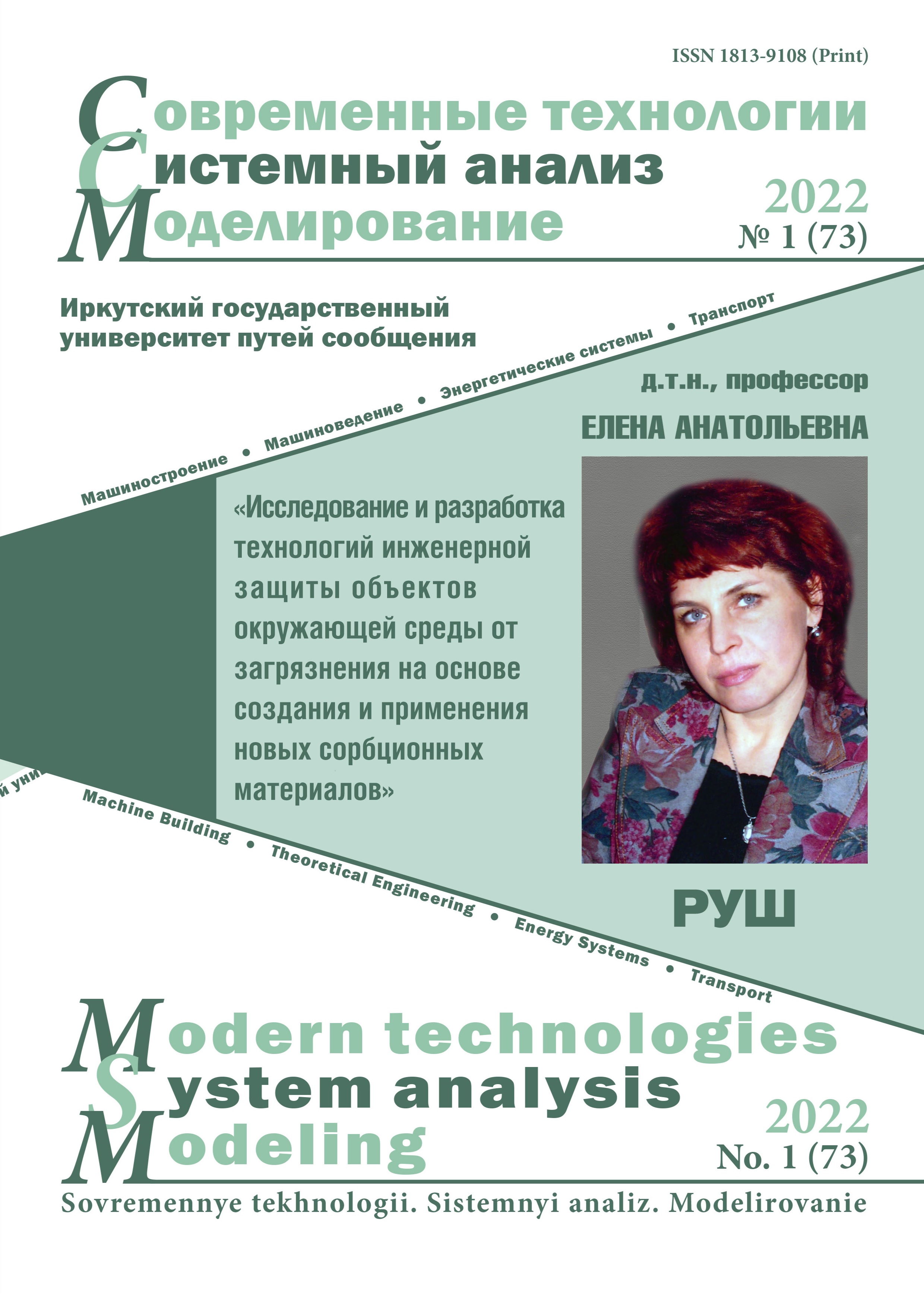On the interaction of track and rolling stock on high-speed sections depending on the shape of rail and wheel profiles
Keywords:
high-speed traffic, the outline of the profile rails, interaction of track and rolling stock, the wear of the rails, wheel rental, contact pressure, vertical force, maintenance of rails and wheelsAbstract
The results of the analysis of problematic issues in the «wheel-rail» system interaction are presented. The main types of wheel and rail contacts are considered, including single-point and conformal ones. It is noted that such a profile can be given to wheels and rails in the process of current maintenance, while rails can be profiled immediately after having been laid in the track. The measurement data of rail profiles on the sections of high-speed traffic and wheels of the «Sapsan» and «Lastochka» trains are presented as well as calculations for determining forces and stresses during the interaction of rolling stock and track on selected sections of a speed traffic (Gorkiy railway) and a high-speed traffic (Oktyabrskaya railway). The influence of the outline of the transverse profile of rails and the profile of new and worn wheels of the «Sapsan» and «Lastochka» trains on the level of their interaction is estimated, while taking into account the slope of the rails and the width of the track. Based on the simulation results, the forces and stresses in the wheel-rail contact patch are evaluated depending on the shape of the rolling surface of the wheels and rails. The results of the evaluation of the equivalent taper during the interaction in the «wheel-rail» system on the sections of high-speed and speed traffic are presented. Based on the results obtained, conclusions are drawn about the recommended speeds of movement on the surveyed sections of the track. It is shown that the simulation results may serve as a basis for the development of an action plan to optimize the shape of the profiles of wheels and rails and allowing adjustments to be made to their maintenance system.
References
Коган А.Я., Абдурашитов А.Ю., Полещук И.В. Дополнительные требования к прямолинейности рельсов в зоне стыков // Железные дороги мира. 2003. № 3. С. 66–71.
Коган А.Я., Пейч Ю.Л. Расчет напряженно-деформированного состояния элементов конструкции пути в зоне стыка рельсов // Вестник ВНИИЖТ. 2000. № 2. С. 31–39.
Горячева И.Г., Захаров С.М., Коган А.Я. и др. Комплексный подход к прогнозированию работоспособности и ресурса рельсов нового поколения // Бюл. Объедин. ученого совета ОАО «РЖД». 2017. № 5-6. С. 16–26.
Погорелов Д.Ю. Компьютерное моделирование динамики технических систем с использованием программного комплекса «Универсальный механизм» // Вестн. компьютер. и информац. технологий. 2005. № 4. С. 27–34.
Оценка эволюции профилей колёс железнодорожного экипажа на основе применения трибодинамической модели / С.М. Захаров, И.Г. Горячева, Д.Ю. Погорелов и др. // Тяжёлое машиностроение. 2007. № 3. C. 19–24.
Лисицын А.И., Абдурашитов А.Ю. О взаимодействии в системе «колесо-рельс» на участках высокоскоростного движения // Путь и путевое хозяйство. 2020. № 3. С. 2–6.
Абдурашитов А.Ю. О влиянии особенностей профилей колес и рельсов на их взаимодействие // Путь и путевое хозяйство. 2015. № 11. С. 2–7.
Программный комплекс «Универсальный механизм» // Лаборатория вычислительной механики : сайт. URL: http://www.umlab.ru (Дата обращения: 27.12.2021).
Алехин А.Л. Прогнозирование одиночного выхода рельсов, сваренных алюминотермитным способом // Изв. Петербург. ун-та путей сообщ. 2010. № 2 (23). С. 51–56.
Аманова М.В. Оценка суммарного одиночного выхода рельсов при обращении по ним разнотипного подвижного состава // Промышленный транспорт Казахстана. 2012. № 3. С. 14–18.
Интенсивность накопления остаточных деформаций пути при воздействии вагонной нагрузки 250 кН/ось. Ленингр. ин-т инж. ж.-д. трансп / С.В. Амелин, Л.С. Блажко, М.П. Смирнов и др. Л. : 1982. Деп. в ЦНИИТЭИ МПС 30.08.82, № 1797-жд.
Бельтюков В.П. Планирование ремонтов пути в условиях интенсивной его эксплуатации : дис. ... канд. техн. наук. Л., 1990. 275 с.
Бельтюков В.П. Разработка методик прогнозирования технического состояния пути, затрат на содержание пути и оптимизации содержания пути по экономическим критериям // Путь XXI века : сб. науч. тр. междунар. науч.-практ. конф. СПб., 2012. С. 25–32.
Бельтюков В.П. Среднесрочное планирование работ по ремонту верхнего строения пути // Путь и путевое хозяйство. 2013. № 2. С. 23–25.
Блажко Л.С. Технико-технологическая оценка усиления конструкции пути на участках обращения подвижного состава с осевыми нагрузками до 300 кН : дис. ... д-ра тех. наук. СПб., 2003. 331 с.
Сенникова А.В. Влияние скорости движения поездов на одиночный выход рельсов в пути // Путь XXI века : сб. науч. тр. междунар. науч.-практ. конф. СПб., 2013. С. 82–84.
Куклин С.А. Контактные задачи при качении // Современные проблемы теории машин : материалы II Междунар. заоч. науч.-практ. конф. Санкт-Петербург, 2014. С. 33–40.
Сычев В.П. Методы оценивания железнодорожного пути характеристиками случайных процессов // Наука и техника транспорта. 2007. №3. С. 84–88.


